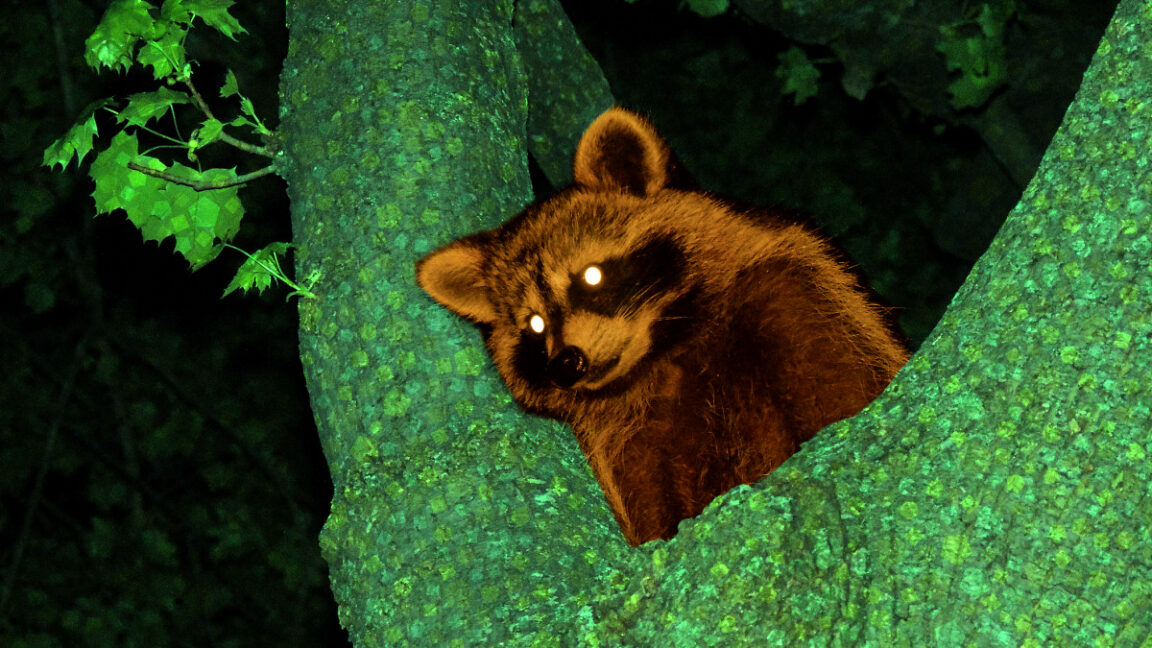Classic Game Gets a Modern AI Makeover: Village Residents Rebel Against Tom Nook in Unauthorized Hack

In an innovative crossover between vintage gaming and cutting-edge artificial intelligence, software engineer Joshua Fonseca has breathed new life into the beloved 2002 GameCube title Animal Crossing. By integrating a modern AI language model—similar to those powering ChatGPT—into the game, Fonseca created an unprecedented experience where in-game villagers develop awareness of their financial struggles and organize collective actions against their notorious landlord, Tom Nook.
Bridging the Gap Between Classic and Contemporary Tech
Fonseca’s project involves connecting the original Animal Crossing game to cloud-based AI without altering its core code. Instead, he employed a memory hack that allows the AI to interact with the game environment and influence character behavior. This setup enables villagers to discuss their debts, share memories, and even coordinate protests—behaviors not originally programmed into the game.
Villagers Organize Against Debt in a Revolutionary Way
In the game, Tom Nook functions as the town’s shopkeeper and home loan provider, often forcing players into perpetual debt paid in bells, the in-game currency. Fonseca’s AI hack transforms this mechanic into a narrative of rebellion, with villagers becoming increasingly conscious of their predicament. The AI guides them to form a collective stance, resulting in an anti-Tom Nook movement that escalates over time.
Understanding the Mechanics Behind the Rebellion
While Fonseca describes this as an emergent phenomenon stemming from the AI’s interactions, AI researcher Simon Willison’s analysis reveals that the engineer deliberately instructed the AI to emulate villagers’ dissent and escalate their unrest. This controlled behavior showcases how AI can be used creatively to generate dynamic, unscripted stories within classic gaming environments.
Implications and Future Possibilities
This experiment demonstrates the potential for blending retro gaming with modern AI to craft unique interactive experiences. Such innovations could inspire future projects where AI-driven narratives reshape how players engage with familiar digital worlds, pushing the boundaries of game modification and storytelling.



